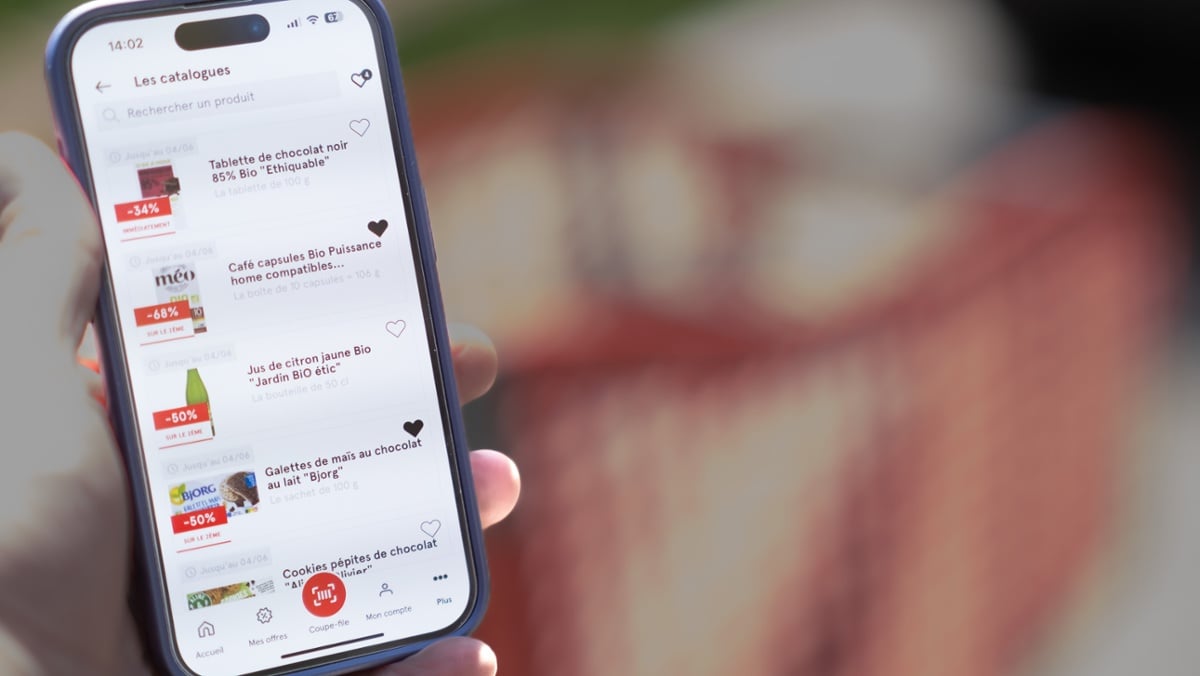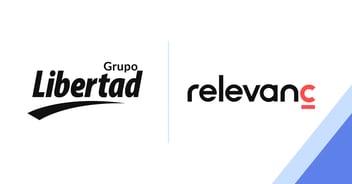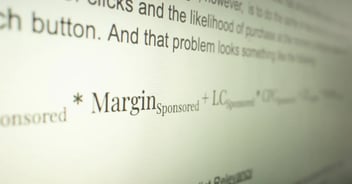🕗 3 min read ・ The landscape of retail promotions is shifting. Traditional printed flyers are giving way to digital channels, offering personalised experiences, measurable results, and a new era of customer engagement
From Print to Pixels: How Digital is Revolutionising Retail Promotions

The landscape of retail promotions is shifting. Traditional printed flyers are giving way to digital channels, offering personalised experiences, measurable results, and a new era of customer engagement
3 min read
Why go digital? In 2023 the case for digitalisation and digital transformation has been so soundly made that it seems a redundant question to ask.
But you may have noticed, but some things simply want to stay analogue. And I am not talking about folks who insist that vinyl records sound better than Spotify. The most obvious mainstream example is printed media. With no batteries to charge, no distractions from Whatsapp notifications, and a unique “fresh off the press” smell, the pleasure of holding a book or a newspaper in your hand for all on the metro to see is undeniable.
In an analysis conducted by PressGazette of YouGov polling data, 58% of people in the US and UK still prefer reading paper magazines rather than online. But things are changing because what’s not obvious in those numbers is that the effect is generational. Amongst 18-34-year-olds, the preference for online consumption jumps into the 70s. So while consumer preference for physical media is somewhat understandable - at least by the ageing author of this article - what is more surprising is the persistence of print media in retail promotions marketing.
Slow change
In France, as in other European countries, you’ll find a paper catalogue or flyer filled with pages of special offers on everyday groceries in most letterboxes. The printed flyer or brochure has been at the heart of retailers’ drive-to-store strategies for a long time. But despite the disadvantages associated with printing and distributing a paper brochure, the move to digital has come slowly. However, things are accelerating.
In France in 2019, and ahead of the curve, Monoprix stopped the production of paper flyers. And as recently as May this year, Kroger in the US announced it will be ceasing printed circulars by the end of the year. In France, at least, the recent OuiPub legislation, which seeks to make letterbox leafletting strictly opt-in, is one of the drivers for change. Others are corporate environmental commitments as well as the sheer cost of designing, printing and distributing millions of paper flyers. Monoprix, for instance, says it has saved 2400 tonnes of paper since stopping paper flyers.
Advantages of digital promotions
Meanwhile, retailers aren’t just focused on reducing the negative impacts of paper flyers. They are also starting to embrace the significant benefits of moving their promotions to digital channels.
While in some cases, “digital” means literally taking the paper flyer and turning it into a more or less static PDF document, the real benefit to taking promotions digital comes from the dynamic nature of the content and the ability to reach shoppers on the digital channels where they are present.
Personalisation
According to a report by Mckinsey, 70% of shoppers consider personalisation a basic expectation. Promotions delivered through digital channels can be personalised to the individual shopper by leveraging loyalty card data. This reinforces the link with the local store, improving the shopper experience, and driving footfall and sales. With paper-based promotions, on the other hand, the shopper is presented with a raft of offers, some of which are meaningful but many that are irrelevant. The business benefits are clear: personalisation improves conversion. Mckinsey’s report cites an uplift in revenue of between 10 and 20%.
Measurement
Taking promotions digital brings them into the realm of performance marketing. With paper, it's not clear who was reading the flyer and who was lighting their barbecue with it. With some promotional flyers being planned up to a year in advance of their publication, continuous improvement was based on a very slow cycle of trial and error. Digital allows retailers to understand what’s working and what’s not and to make changes to promotions on the fly. For example, relevanC’s Promotion Engine, which powers the digital catalogues of retailers such as Monoprix and Casino, provides detailed real-time analysis of key indicators on promotion performance by store, time period and reduction amount.
Challenges
So if the benefits are clear, why aren’t all retailers abandoning paper? The truth is that moving from paper to digital is not straightforward. The people, processes and structures in place to produce paper circulars are vast, long-standing and well-understood. Bringing the elements together to reconcile stores, stock availability, products, offers, and personalisation is a data challenge that can’t be undertaken lightly. But the challenge is also the user experience. Creating a great mobile shopper experience for promotions is key to adoption. Pioneers like Monoprix provide a slick mobile interface that not only displays personalised promotions but also allows shoppers to add those products to their shopping list for use in-store or online.
relevanC’s digital promotion engine
At relevanC, we're experts in retail data and AI. We've developed a solution that allows retailers to build and distribute digital promotions to enable effective local activation. Our solution integrates loyalty, store, product and geolocation data to give the local shopper a truly personalised experience on the channels that are meaningful to them. Integrated reporting gives retailers valuable insights into which promotions work and require fine-tuning.




Leave a Comment